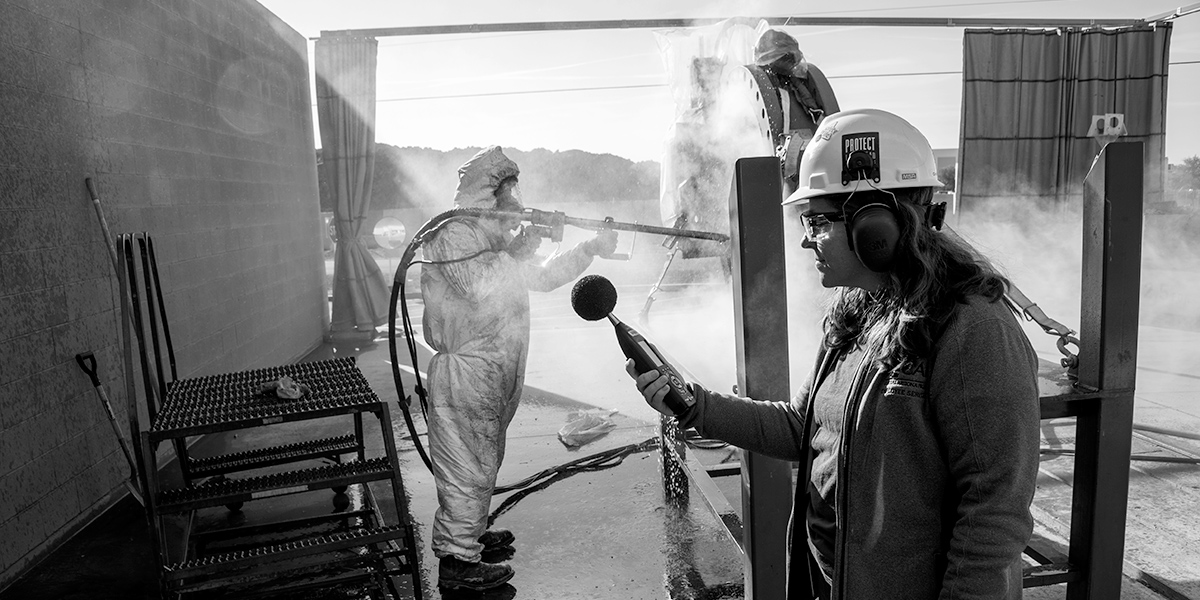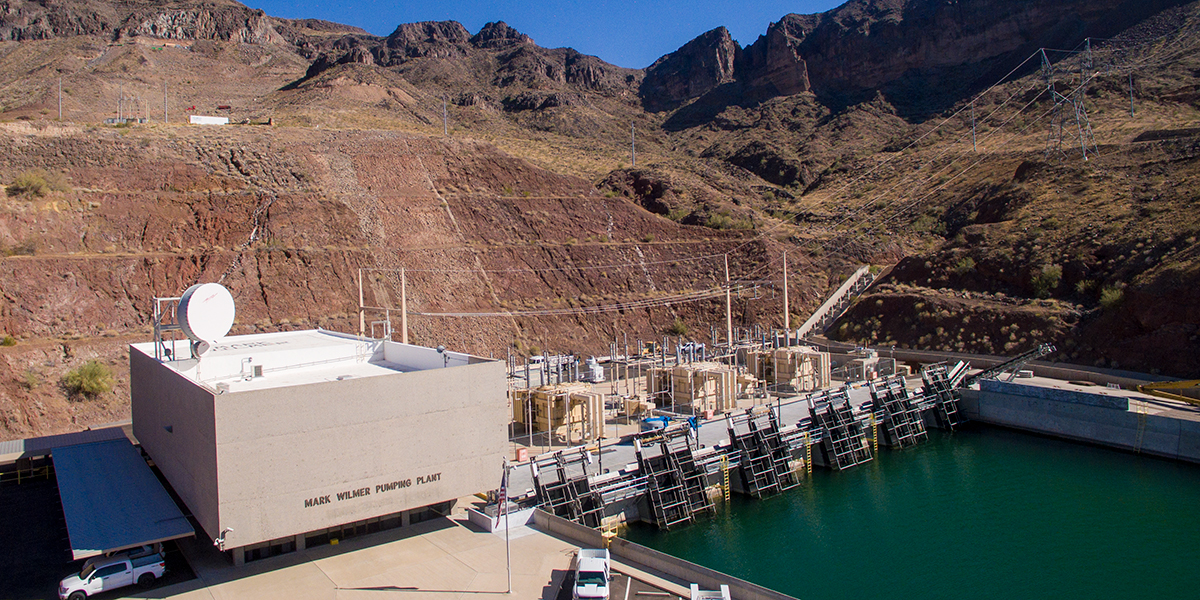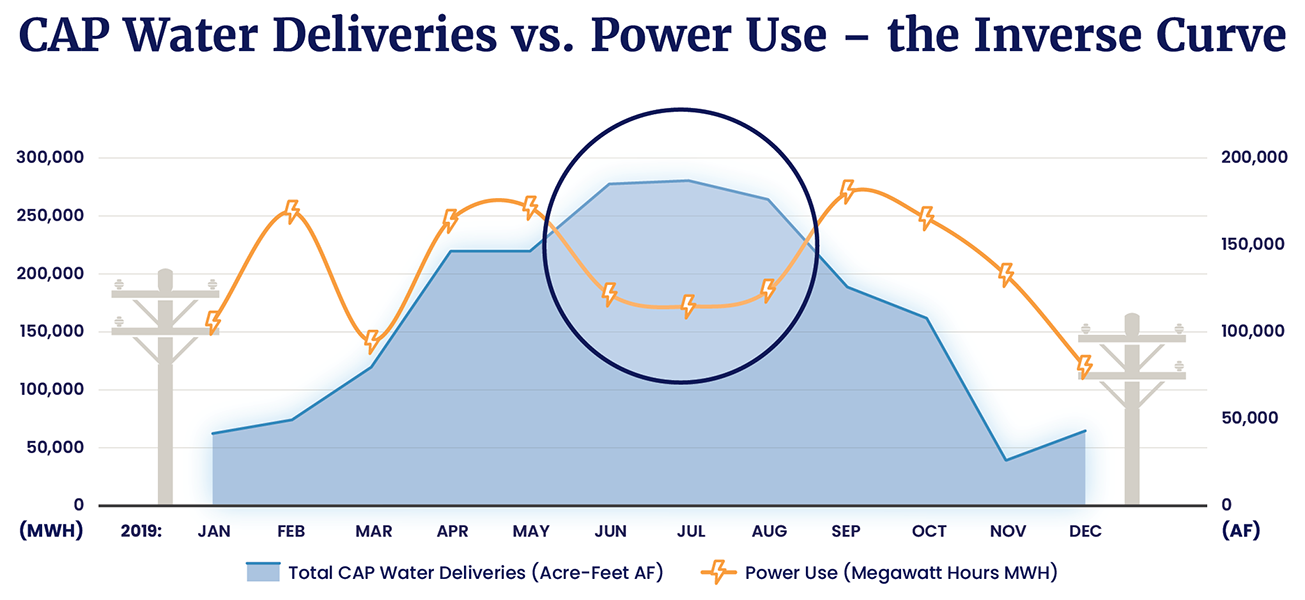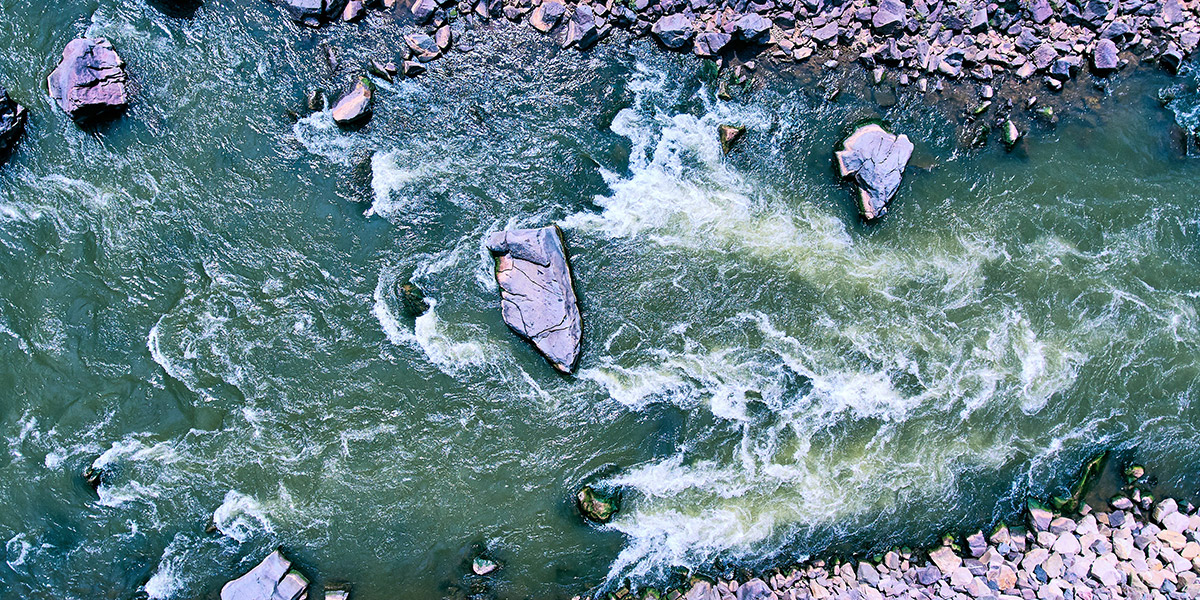
Essential workforce
Central Arizona Project’s essential workers take pride in their ability to meet a vital need for Arizonans by keeping operations up and running. Did you


Central Arizona Project’s essential workers take pride in their ability to meet a vital need for Arizonans by keeping operations up and running. Did you

Supporting Central Arizona Project’s reliable water deliveries is critical infrastructure that, in some cases, is mostly unseen. Yet, this amazing infrastructure is vital in meeting

Central Arizona Project has monitored water quality since the first deliveries began in 1985 and has developed a new fact sheet to sum up this

Arizona’s diverse water portfolio includes groundwater and surface water. Although some of the surface water comes from local supplies within central Arizona, much of it

While some of the hottest temperatures in recorded history pepper some spots of the western U.S., demand for energy is rising, and supply has changed

Learn more…

Unplanned events like catastrophes, unexpected major equipment failures, or sudden business interruptions – they can hardly be predicted. But there can be preparation. And that’s


CAP, a 336-mile system that brings Colorado River water to central and southern Arizona, is the single largest provider of water to tribes in the